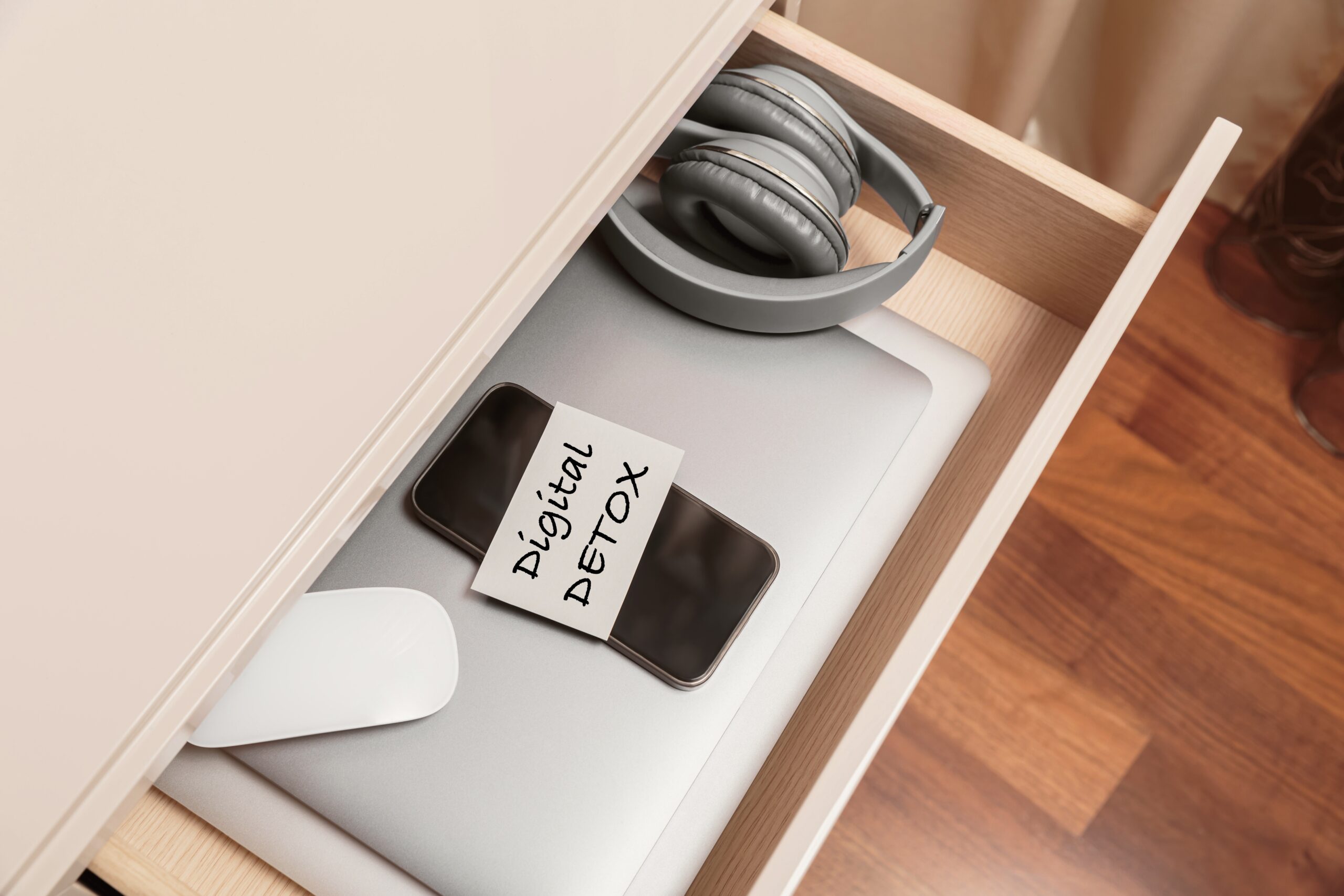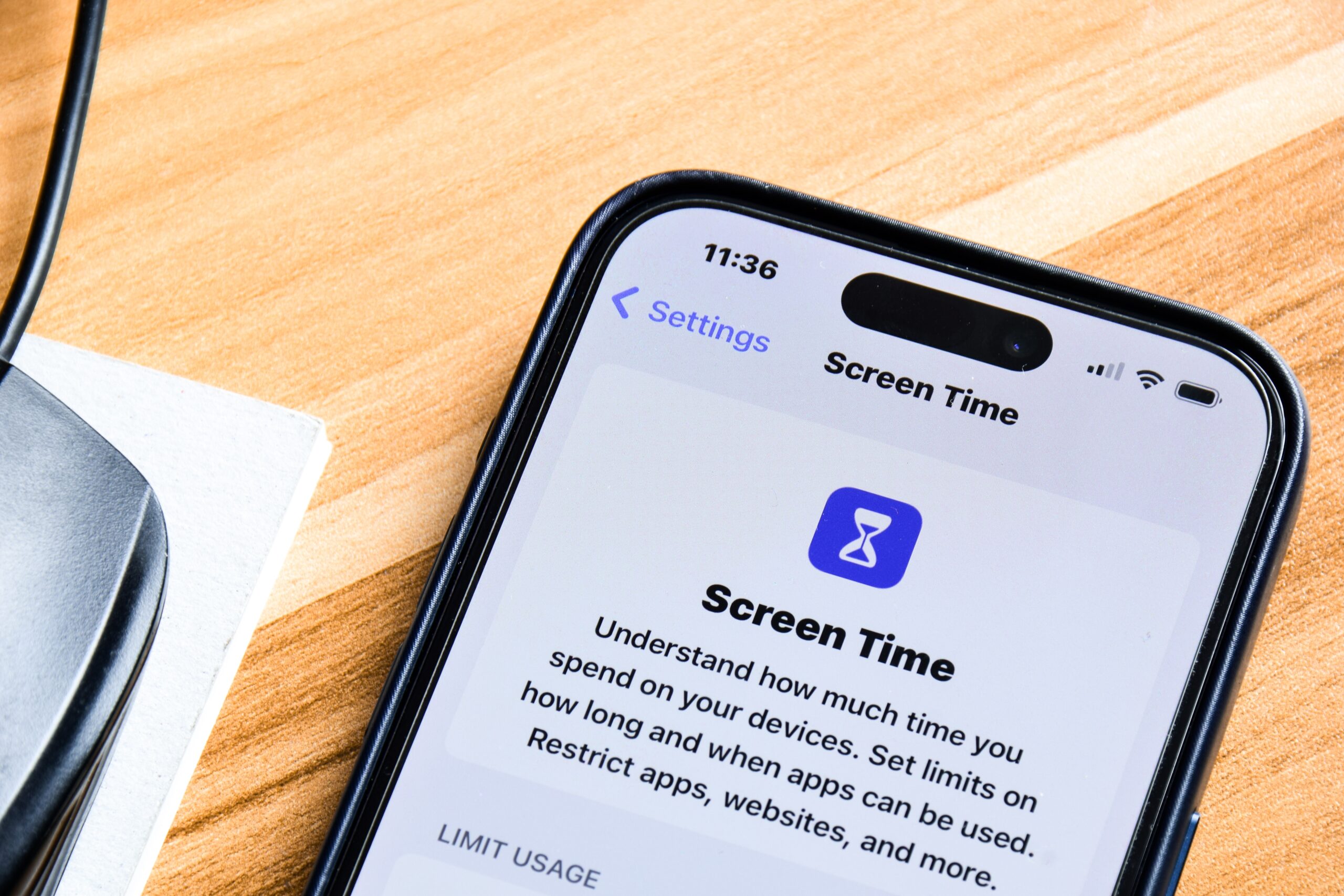In today’s digital age, screen time is at an all-time high, leading to reduced productivity, increased stress, and lower-quality sleep. I decided to take control of my habits and successfully halved my screen time using simple, practical changes. This article explores the realistic strategies I used to regain control over my digital habits—without completely eliminating technology. Whether you want to boost focus, reclaim lost hours, or improve mental well-being, these techniques can help you achieve balance in your digital life.
Table of Contents
- Introduction: Why Reducing Screen Time Matters
- Step 1: Tracking and Understanding My Screen Time
- Step 2: Removing Digital Triggers and Distractions
- Step 3: Implementing Smart Phone-Free Zones
- Step 4: Using Technology Intentionally
- Step 5: Replacing Digital Time with Meaningful Activities
- The Unexpected Benefits of Less Screen Time
- Overcoming Common Challenges
- Long-Term Strategies for Sustainable Screen Habits
- Conclusion: Small Changes, Big Impact
1. Introduction: Why Reducing Screen Time Matters
Studies show that the average adult spends over 6 hours per day on screens, leading to:
✔ Reduced attention span
✔ Poor sleep quality
✔ Higher stress levels
✔ Less time for hobbies and relationships
By cutting my screen time in half, I noticed immediate improvements in my focus, well-being, and free time. This journey wasn’t about completely avoiding technology—it was about using it more intentionally.
2. Step 1: Tracking and Understanding My Screen Time
Before making changes, I needed to understand my habits. I used a screen time tracking app to identify patterns.
Key Insights:
- I spent 90 minutes per day on social media.
- I checked my phone over 100 times daily.
- Unnecessary notifications pulled me back to my phone.
Action Step: I set a realistic goal to cut screen time by 50% in one month.
3. Step 2: Removing Digital Triggers and Distractions
Most of my screen time came from habitual, unconscious scrolling. To change this, I removed digital temptations.
Small Tweaks That Made a Big Difference:
✔ Disabled notifications for non-essential apps.
✔ Moved distracting apps to a separate home screen.
✔ Turned my phone to grayscale to reduce visual appeal.
✔ Used “Do Not Disturb” mode during deep work hours.
Result: My phone usage dropped by 30% in the first week!
4. Step 3: Implementing Smart Phone-Free Zones
One of the best decisions I made was to designate screen-free spaces.
My New Screen-Free Zones:
✔ The bedroom – No screens before bed = better sleep.
✔ The dining table – More meaningful mealtime conversations.
✔ Morning routine – I replaced scrolling with stretching and reading.
Before vs. After Comparison:
| Habit | Before | After |
|---|---|---|
| Morning routine | Scrolled social media | Read for 15 minutes |
| Meals | Checked phone constantly | Had uninterrupted conversations |
| Bedtime | Watched videos in bed | Slept 30 minutes earlier |
Key Takeaway: Simple boundaries helped me reclaim time and improve well-being.
5. Step 4: Using Technology Intentionally
Instead of eliminating screen time, I focused on using it with purpose.
Changes I Made:
✔ Set time limits for social media apps (30 min/day).
✔ Used web blockers for distracting sites.
✔ Switched to one-task-at-a-time browsing instead of multitasking.
✔ Scheduled screen time instead of using my phone randomly.
Result: I became more productive and present in daily life.
6. Step 5: Replacing Digital Time with Meaningful Activities
Cutting screen time meant I had more free time—so I filled it with rewarding activities.
What I Did Instead:
✔ Exercise: Replaced phone scrolling with 20-minute walks.
✔ Reading: Finished two books in one month.
✔ Hobbies: Took up painting and journaling.
✔ Face-to-face connections: Spent more quality time with friends and family.
Key Takeaway: Reducing screen time is easier when you replace it with something enjoyable!
7. The Unexpected Benefits of Less Screen Time
After 30 days, I noticed life-changing benefits:
✔ Improved concentration – Fewer distractions meant deeper work.
✔ Better sleep quality – No blue light before bed.
✔ Less stress & anxiety – No constant notification overload.
✔ More meaningful relationships – Increased presence in conversations.
Key Realisation:
It wasn’t about deprivation—it was about regaining control.
8. Overcoming Common Challenges
Cutting screen time wasn’t always easy. Here’s how I handled setbacks:
| Challenge | Solution |
|---|---|
| Feeling bored | Planned offline activities in advance |
| Urge to check phone | Kept it out of sight or in another room |
| Work obligations | Set designated phone check-in times |
| Missing social media | Focused on strengthening real-world connections |
Lesson: Small changes lead to sustainable habits.
9. Long-Term Strategies for Sustainable Screen Habits
I didn’t want to relapse into old habits, so I developed long-term strategies.
How I Maintain Low Screen Time:
✔ Weekly screen time check-ins – Tracking helps me stay mindful.
✔ No-phone Sundays – A full day offline each week.
✔ Tech-free mornings – I wait an hour before checking my phone.
✔ Purposeful scrolling – I use social media only when necessary.
Key Takeaway: Sustainable digital habits require regular adjustments.
10. Conclusion: Small Changes, Big Impact
Reducing screen time doesn’t mean giving up technology—it means using it wisely. By making simple changes, I:
✔ Halved my screen time without feeling restricted.
✔ Gained more focus, energy, and meaningful experiences.
✔ Built sustainable habits that improved my overall well-being.
Final Thought:
If you feel overwhelmed by screens, start with small adjustments. Even 10–15 minutes less screen time per day can lead to big improvements over time.
Are you ready to take control of your digital life? Try implementing just one of these strategies today and see how it transforms your habits!








